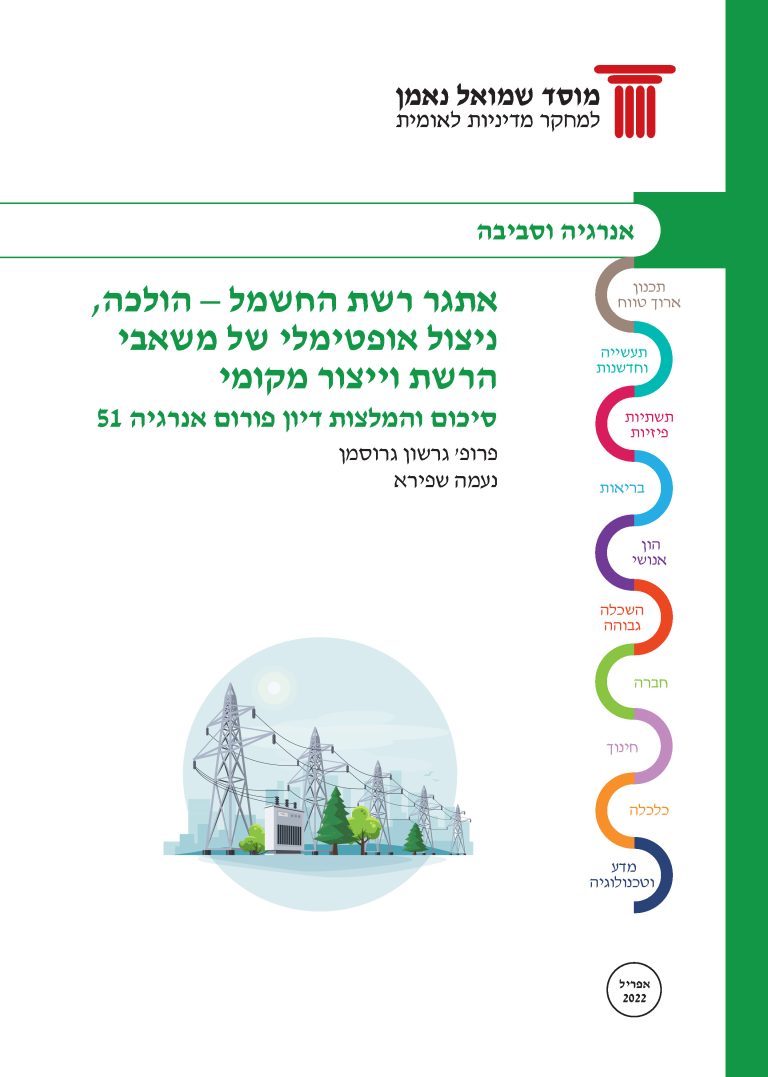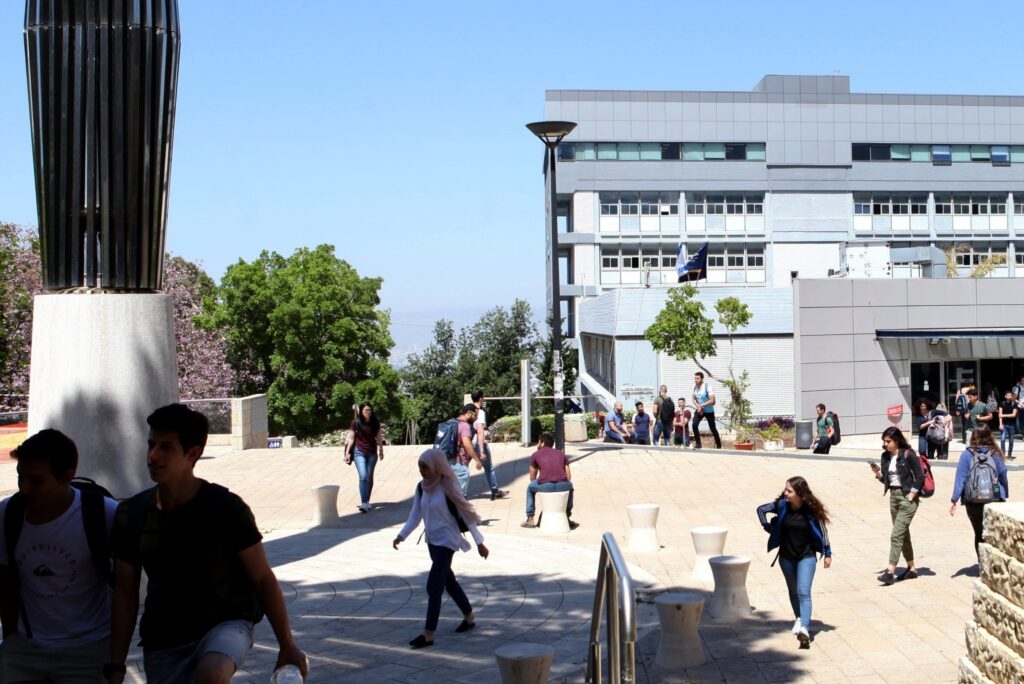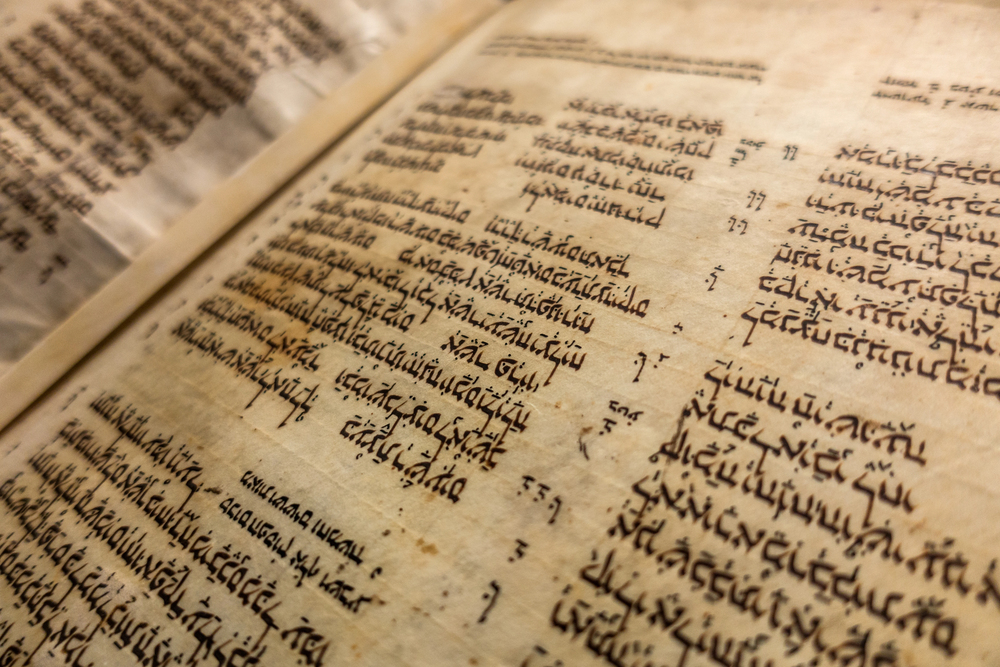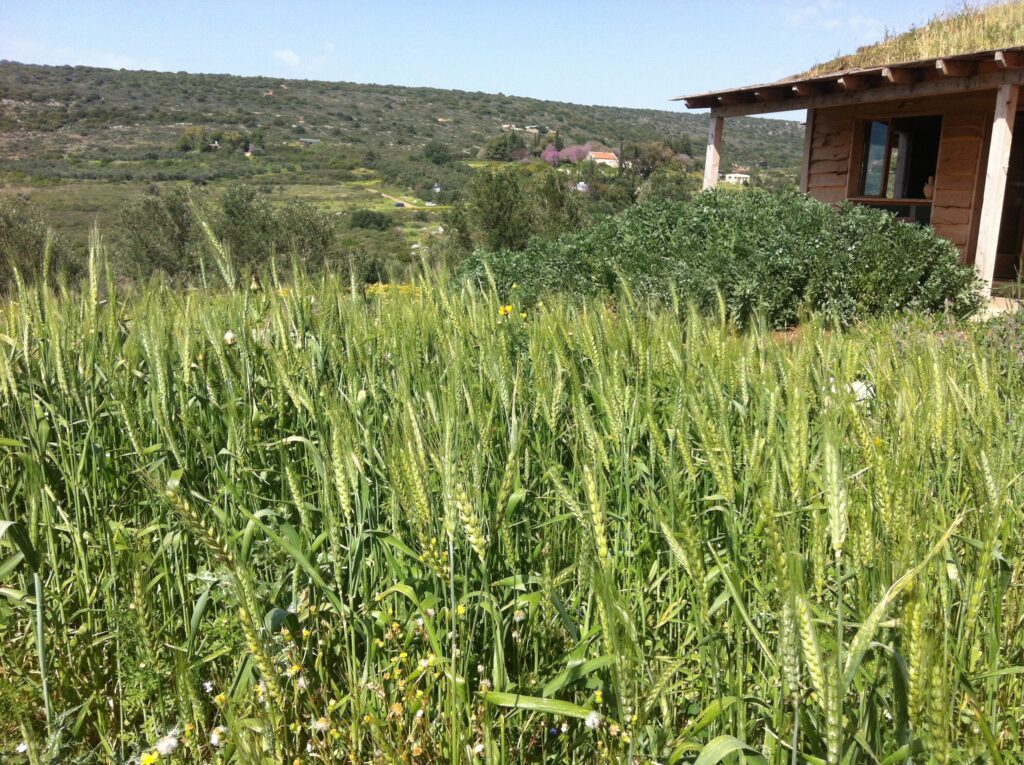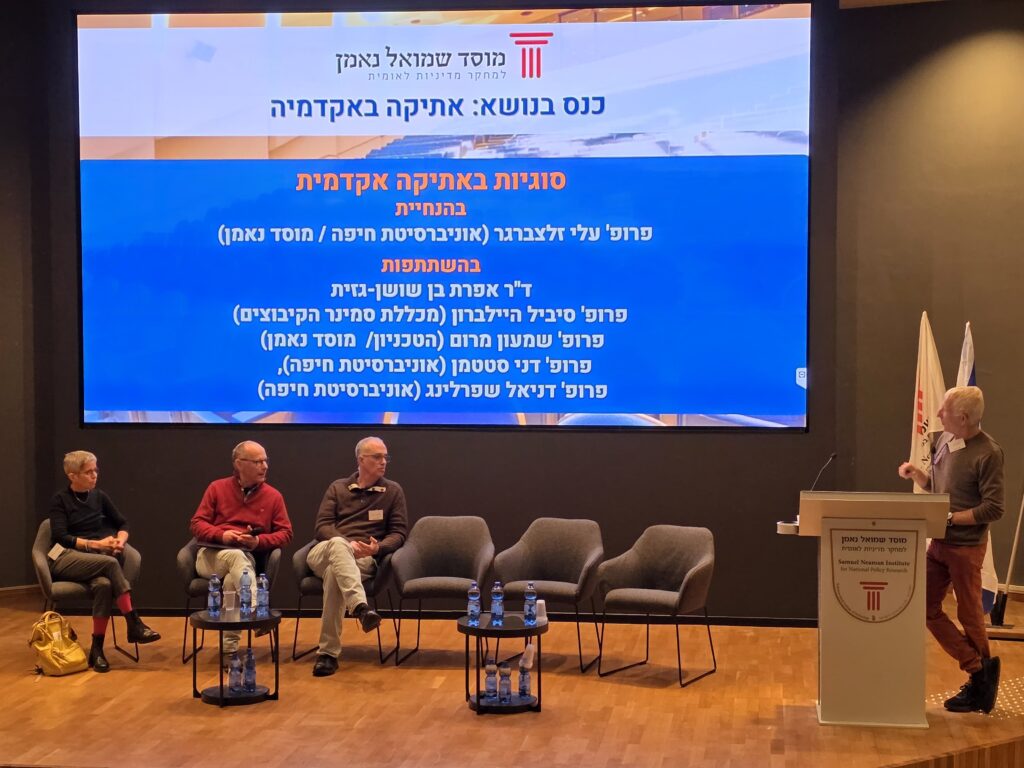In light of the climate crisis, global reduction targets of greenhouse gas emissions will become more ambitious over time, and the State of Israel, along with all the countries of the world, will be required to increase its targets.
In October 2020, the Israeli government decided to increase the target for electricity generation from renewable energy by 2030 to 30%, with an intermediate target of 20% by 2025. According to the Electricity Authority, in the State of Israel, renewable energy is mainly solar energy. At the end of 2020, the total renewable energy capacity in the energy sector was about 2.5 gigawatts, with solar energy (terrestrial and dual-use photovoltaic and thermo-solar installations) constituting more than 95% of this capacity. According to the Electricity Authority’s forecast, to meet the intermediate target by the end of 2025, the total capacity of renewable energies is expected to increase fourfold by this year (to about 9.8 gigawatts). According to the Ministry of Energy’s forecast, to establish a low-carbon energy economy by 2050 (a combination of 87% solar energy in the fuel mix), the solar capacity required by this year will reach 109 gigawatts.
Renewable energies in general, and solar energy in particular, have many economic and environmental benefits. However, solar energy, produced on a large scale at certain times, but does not provide any solution at other times, poses new and significant challenges to power grid management. These challenges can be divided into three categories:
- The challenge of balancing the capacity in the grid – In the production of electricity using conventional sources, it is possible to adjust production to consumption. However, the ability to maintain that balance is limited when it comes to renewable energies such as solar and wind, and at certain times there could be energy excess or shortages. This is especially true in Israel, where the electricity grid is not connected to neighboring countries (an energy island), which reduces its ability to balance capacity through electricity trade. Therefore, the ability to control the production and/or consumption profile should be improved, for example, through load management or storage mechanisms.
- The energy transmission challenge – Traditionally, large power plants with a production capacity of tens or hundreds of megawatts consume relatively little space and can be located close to consumption centers. As a result, the traditional grid structure is such that the power transmission capacity is high near the power plants at the consumption centers and decreases as it moves away to peripheral areas. However, renewable energy requires a different approach from traditional network management.
On the one hand, renewable energy facilities with large production capacity take up much space and need to be located in the periphery. However, then, the connection to the grid becomes a significant problem, which can manifest itself in two ways – transmission congestion (the transmission grid is fully loaded and does not allow connection in this area) or transformation congestion (high-voltage installations cannot connect to the upper voltage, since the transformation stations are congested).
On the other hand, due to a lack of space, the dispersion of facilities is sought after. That is, to place smaller solar facilities on existing land uses (residential, industrial, agricultural, infrastructure, and more). While this brings production closer to consumption and apparently reduces the need for grid development, heavy load on the grid might occur in times of high production and low consumption.
In the Israeli context, the challenge of energy transmission is perhaps not the most important but necessarily the most urgent one.
- The challenge of dynamics and control – Production must be equal to consumption at any given moment to prevent changes in frequency. Therefore, frequency stability is critical for the proper operation of the system. Today, frequency stability is maintained through an inertia mechanism and an automated control system mechanism. Renewable energy facilities do not currently have such mechanisms, but they can be added. Of course, adding such mechanisms involves economic cost and therefore requires regulation to implement their installation to support the proper operation of the system.
Hence, the widespread implementation of solar energy requires supportive solutions, such as hourly and even seasonal storage and significant development of the transmission grid, a process that takes many years and involves significant economic and planning challenges. Today, the grid challenge is a bottleneck for the integration of renewable energies, and in light of ambitious targets for the integration of solar energy, the problem is expected to worsen over the years. Moreover, beyond addressing the technical challenges of the transmission grid, achieving government goals requires also, especially in a small and crowded country like Israel, addressing issues of principle related to the scarce land resource.
The Forum Recommendations:
- Short-term solutions – In the intermediate and long term, one can notice the beginnings of the new grid development plan, but in the short term, it is recommended to formulate a systemic plan to realize the economic potential – a plan that systematically examines barriers and characterizes recommended solutions, including the promotion of regulatory changes and the implementation of technological means to allow full utilization of the existing network. Solutions that provide an immediate outcome should also be considered at the cost of economic viability.
- Roadmap for implementation – It is recommended to formulate principles for integrating renewable energies in the electricity sector in cooperation with all relevant parties, which will be based on the techno-economic aspects as well as on planning, social, and environmental aspects, addressing issues of centralized versus decentralized production, geographical layout, land development in open areas against development on existing land uses, and more.
- Integration of renewable energies – Various models must be examined to support the integration of renewable energies, including the creation of a development plan for the distribution grid, which is aimed at absorbing renewable energies in built-up and dual-use areas (roofs, walls, and fences and various land uses) while managing the consumption side; creating incentives (tariffs and others) for the production of solar energy close to areas of demand; and examining widely accepted trade models that allow additional manufacturers to connect to an existing grid.
- Storage – It is recommended to promote high-voltage storage tenders, including stand-alone tenders, tenders of existing solar energy facilities, and dual-use facilities. Storage facilities have many uses, such as capacity balancing, frequency balancing, and reducing the load on the grid, so it is advisable to add storage and save the costs of grid development.
- Regulation and standardization – Promoting relevant standardization and regulation will ensure optimal grid utilization and the avoidance of excess investments in the future. Also, to establish uniform criteria for solar connection surveys, particularly the solar-transformer capacity ratio, and to promote regulation that requires charging management of electric vehicles. In addition, regulation is required to allow the penetration of new technologies without frequent regulatory changes.
- Promoting innovation – Support for theoretical and practical examination (implementation of pilots) of various technologies – technologies for the production of clean electricity (green hydrogen, nuclear energy), storage technologies, transmission technologies (hydrogen transmission, direct current transmission), management technologies, and more.


